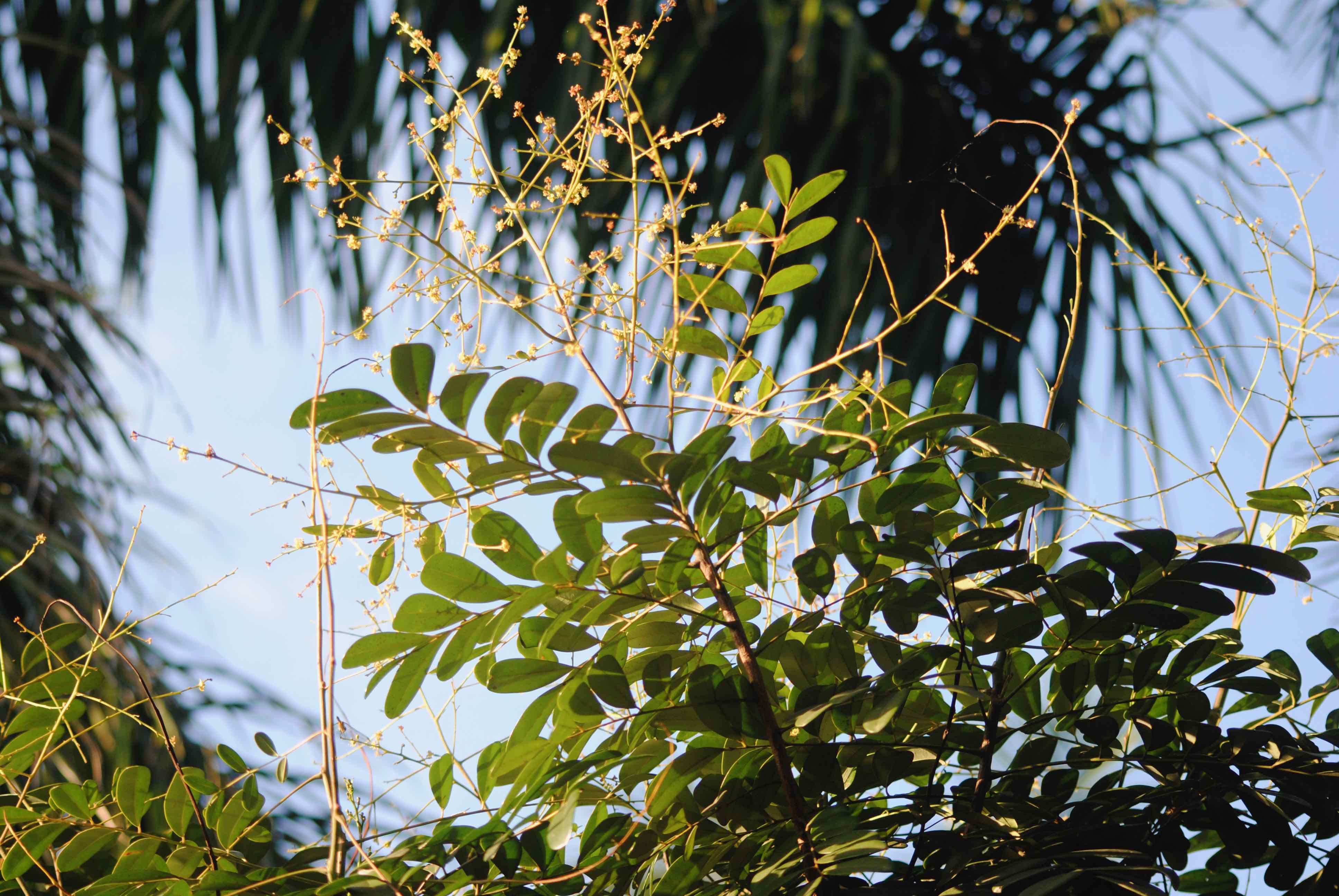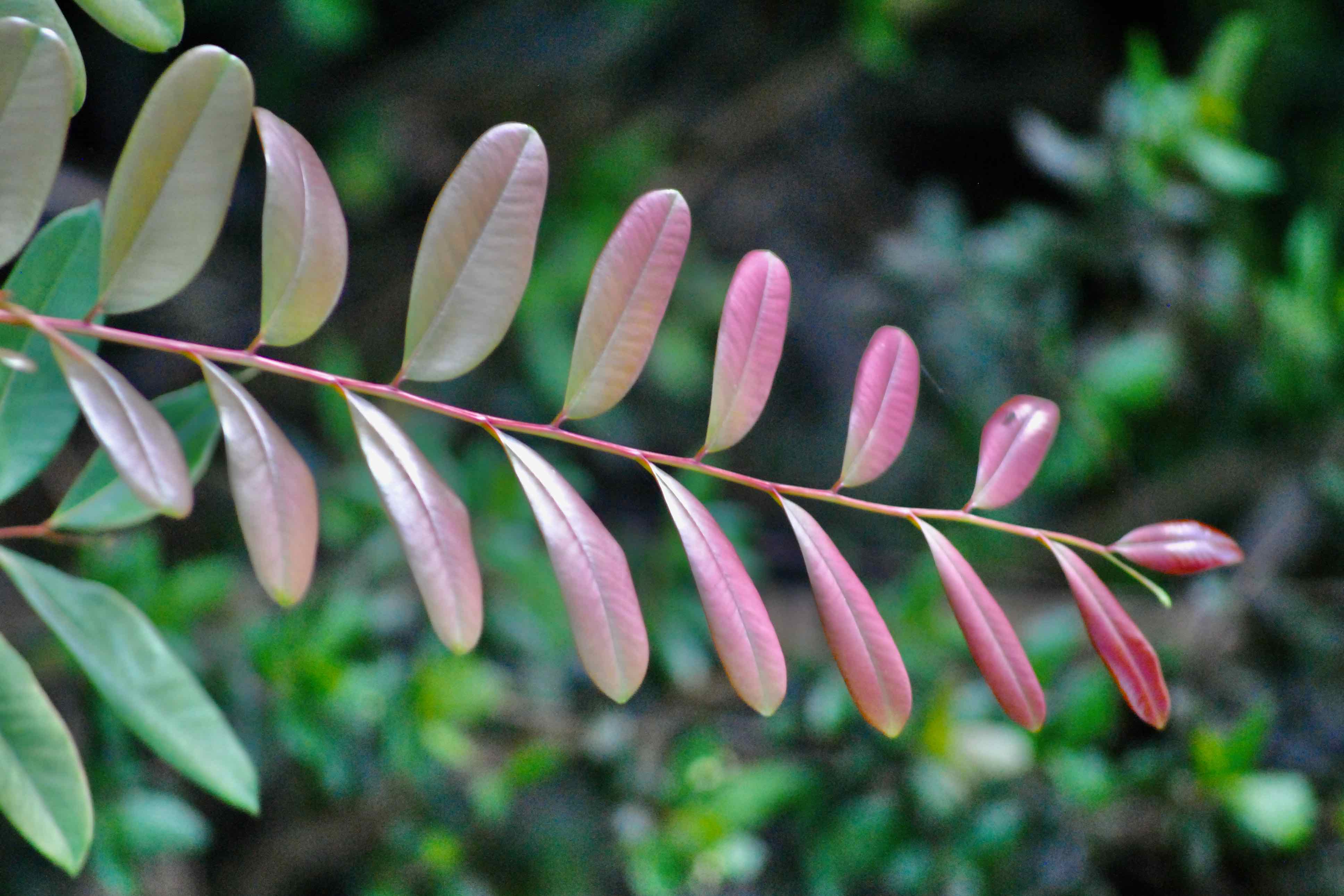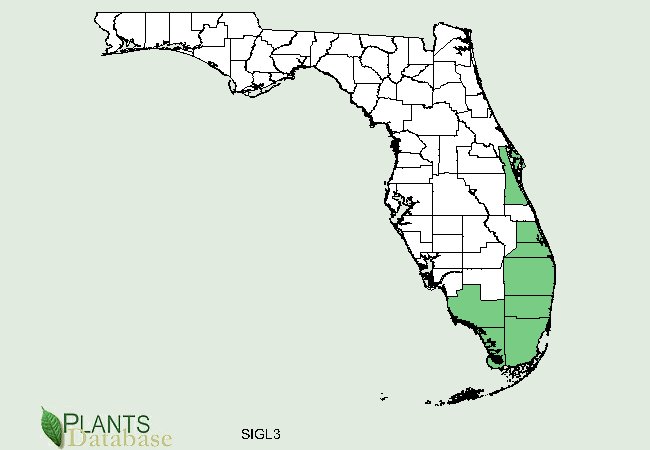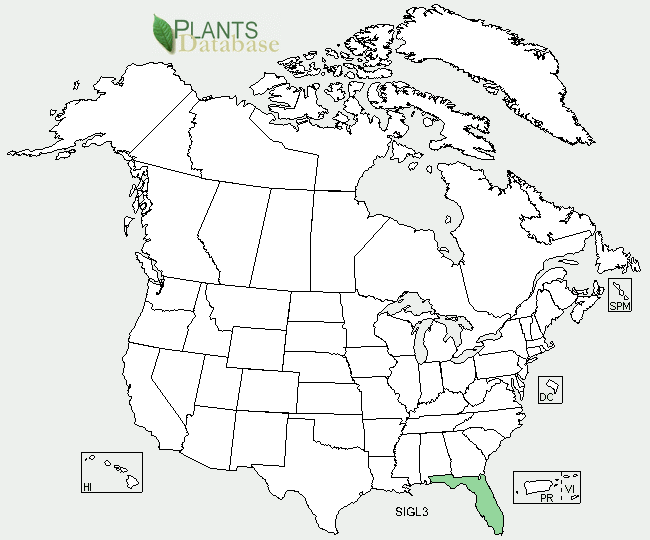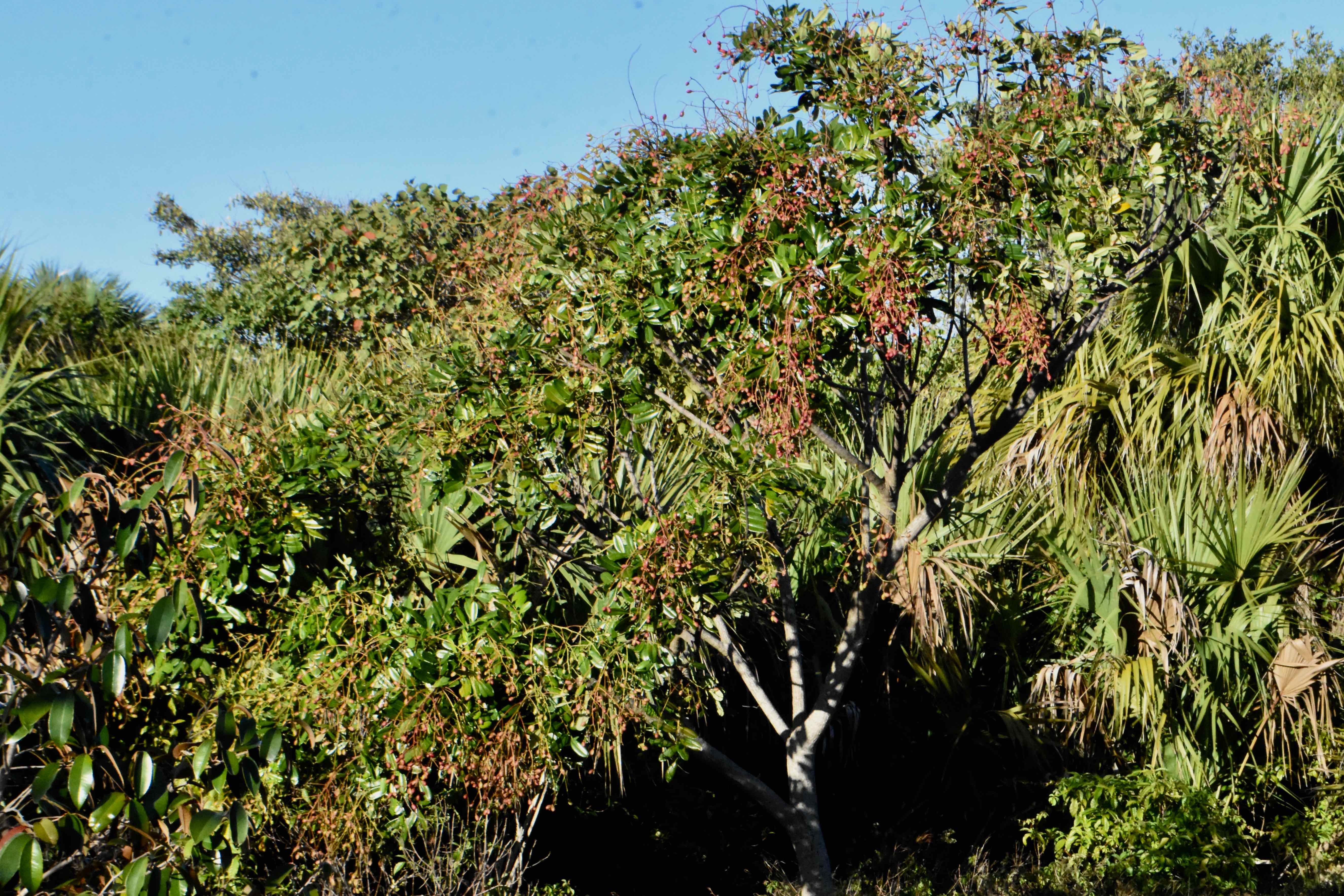
Paradise tree, photographed at Jupiter Lighthouse Outstanding Natural Area, Jupiter, Palm Beach County, in April 2018.
If one were to put together a list of useful tropical trees, this guy, the paradise tree, Simarouba glauca, has got to be near the top. It provides food, building materials — though in an unconventional way — medicine and even fertilizer. Not to mention some outstanding good looks in the landscape.
Paradise tree grows only in Florida among the 50 states, ranging from the Keys to as far north as Brevard County. It's range includes the Caribbean, Mexico and Central America. It's also grows in India and Sri Lanka as an exotic.
It's generally found in the understory of hardwood hammocks. The tree itself can grow as tall as 60 feet or more in South Florida, more typically 30 feet to 50 feet. The leaves are compound, as long as 16 inches, with leaflets that are three inches long, arranged alternately along the stem. New leaves are tinged red, adding to its outstanding looks as a landscape tree. Paradise tree blooms in the spring, with clusters of small, inconspicuous really, yellow flowers that produce a fruit about the size and shape of an olive that turns from green to red to dark purple or black when ripe.
And speaking of olives, let's start with use No. 1; the fruit and seeds, which can be pressed like olives to produce an edible oil that's heart healthy. It's used in baking in parts of the world, including Central America and India. What's left over after pressing is called oilseed cake, and it is high in nitrogen, phosphorus and potassium, making it useful as fertilzer; the the remaining seed shells can be processed into particle board. The fruit can be eaten out of hand; it's sweet, but some say the taste is on the bland side. Some use the juice to make drinks.
The wood is light weight, lacks strength and is susceptible to termites. But it is easily worked and milled and is used in interior construction, in making furniture components and making plywood, particle board and veneers.
Paradise tree, with those beautiful red leaves, is planted as an accent or as a shade tree. Its root system protects against soil erosion. The folks at the University of Florida, however, note that paradise tree does have a downside and needs to be planted in the right location. Its roots tend to protrude above the ground surface, and that could create problems for mowing and could damage sidewalks and driveways. Also, the seeds and fruit can be messy and will stain concrete and other hard surfaces.
But the greatest value paradise tree has to offer is medicinal. The leaves and bark have been used in traditional medicine throughout much of its range to treat malaria and other fevers. Some call it dysentery bark because it's used to treat amboebic dysentery. Researchers have discovered that paradise tree produces a group of chemicals called quassinoids that are antimalarial, anti-amoebic and anti-protozoan. These chemicals are effective against strains of malaria that resist modern treatments. Some research suggesting that these chemicals might be useful as anti-cancer drugs.
Paradise tree can be spelled paradisetree or paradise-tree. It is a member of Simaroubaceae, a small family of mostly tropical trees.
Click on photo for larger image
U.S. Department of Agriculture Distribution Maps



